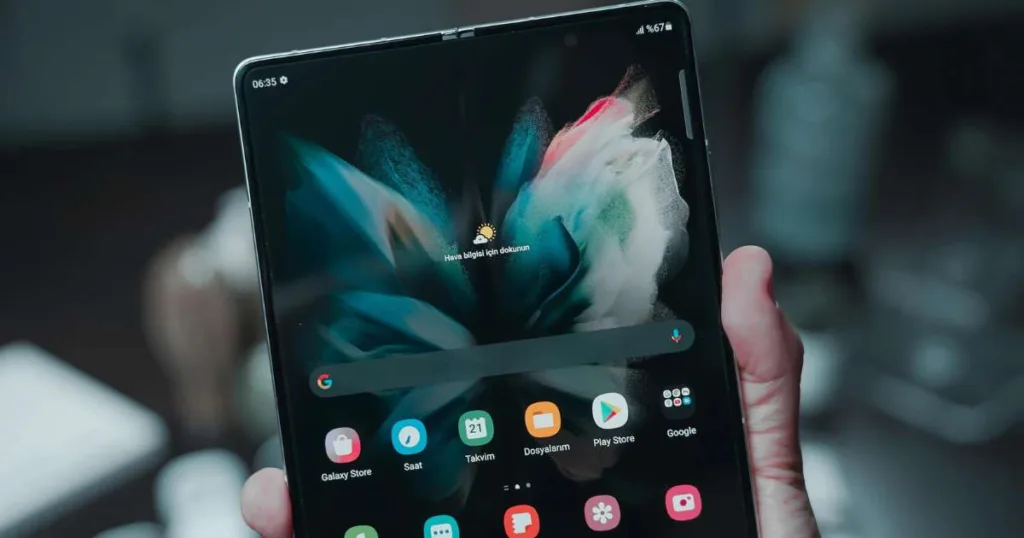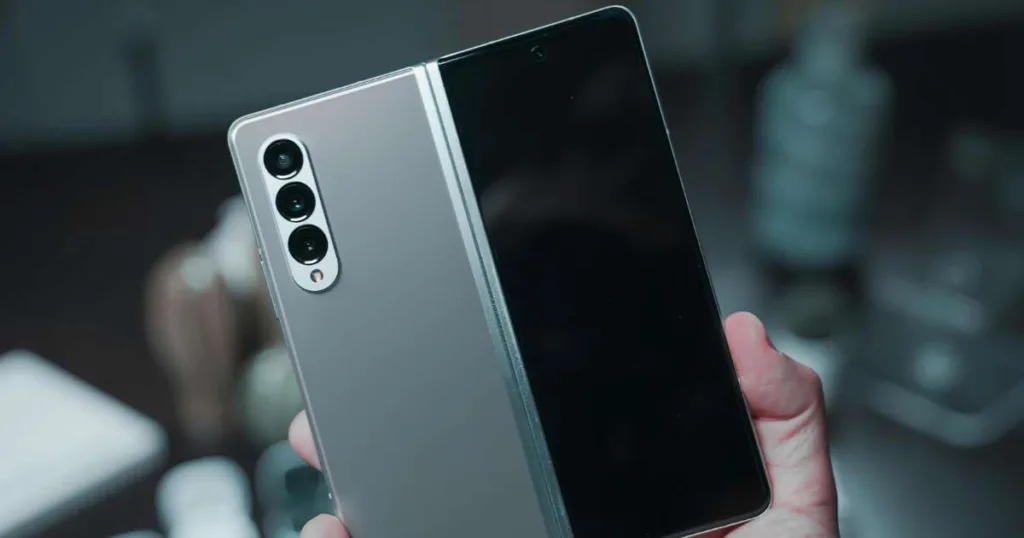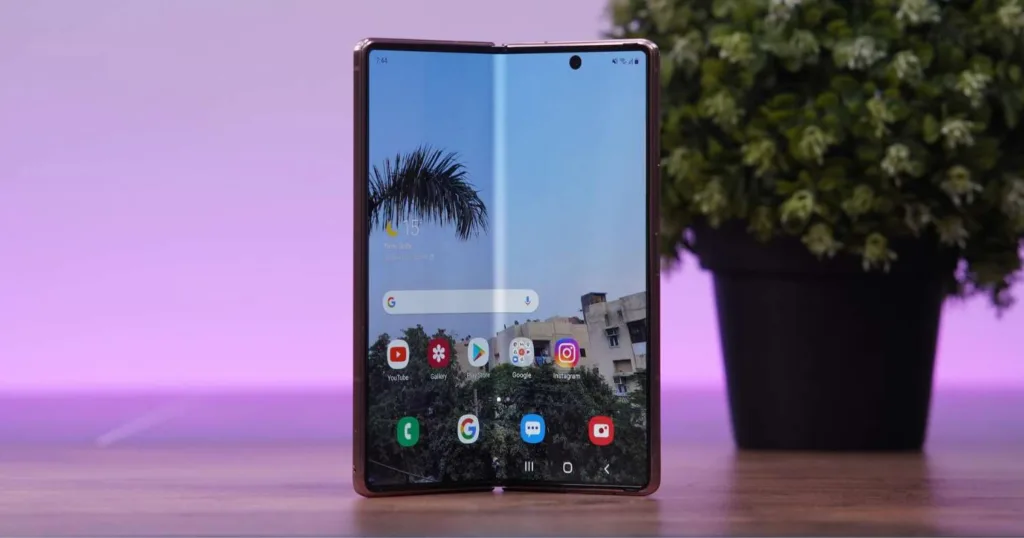Foldable phone technology is changing the way we think about our devices. These gadgets, which can bend and fold like a book, are reshaping the world of smartphones. Let’s explore how this revolutionary technology works and what it means for the future of mobile devices.
What Is Foldable Phone Technology?

Foldable phone technology allows a regular-looking smartphone to transform into a larger-screen device, similar to a tablet. This is possible because of a special flexible screen that can bend without breaking. When you fold the phone, the screen bends, too, giving you a smaller, more portable device. When you unfold it, the screen stretches out, giving you a bigger display for tasks like watching videos or reading.
How Foldable Phones Work?

The magic behind foldable phones lies in the flexible display. Instead of rigid glass, these screens use a material that can flex without shattering. It’s like having a screen made of a stretchy material that can be bent thousands of times without wearing out. This material is also very thin, which allows the phone to fold neatly.
Advantages of Foldable Phone Technology

1. More Screen in Less Space
Foldable phones offer the best of both worlds – a compact phone when folded and a larger tablet-like screen when unfolded. This versatility allows users to switch between different modes based on their needs, making these devices adaptable companions for various scenarios.
2. Multitasking
The expanded screen real estate on foldable phones opens up new avenues for multitasking. Users can run multiple apps side by side, making it easier to work, communicate, and navigate through tasks without constantly switching between apps.
3. Innovative Design
Folding phones bring a cool new design to the world of technology. They can change their shape from a small phone to a big tablet. This innovative design is like having two devices in one. It’s exciting because it’s different from regular phones.
Disadvantages of Foldable Phone Technology

While foldable phone technology brings exciting possibilities, it’s essential to examine its potential downsides. Let’s delve into the disadvantages that come hand-in-hand with this innovative concept.
1. Durability Concerns
The flexible screens that enable foldable phones are still a bit delicate. Unlike traditional glass screens, the materials used in folding screens can be more prone to scratches, dents, and damage from sharp objects. Additionally, the hinges that allow the phone to fold may wear out over time, impacting the device’s longevity.
2. Higher Cost of Foldable Phone
The cutting-edge technology and specialized materials required for foldable phones often translate to higher prices. These devices tend to be more expensive compared to their non-folding counterparts. This can make them less accessible to a broader range of consumers.
3. Design Compromises
Although the folding mechanism is undoubtedly innovative, it can lead to design compromises. Foldable phones tend to be thicker and heavier compared to traditional smartphones. As a result, this can impact the overall comfort and feel of the device, particularly for individuals who are used to slim and lightweight phones.
4. Limited App Adaptation with Foldable Phone Technology
Many apps are designed for standard-sized smartphone screens. When you open these apps on a larger, unfolded screen, they might not work as well or appear properly. Developers need to adapt their apps to take full advantage of the folding display, which can take time and might not always be a priority.
5. Battery Life Challenges with Foldable Phone Technology
Foldable phones need to power larger screens and more complex mechanisms. This can put extra strain on the battery, potentially resulting in shorter battery life compared to traditional smartphones. As the technology evolves, manufacturers are working to optimize battery efficiency, but it’s still a consideration.
6. Bulky in Some Cases
While foldable phones offer the convenience of a larger screen that can fit into your pocket, they can become bulky when unfolded. This can make one-handed use challenging and impact the device’s portability.
7. Limited Market Choices
While gaining popularity, Foldable phones are still a niche within the smartphone market. This means that your choices might be more limited in terms of brands, models, and features compared to the broader range of traditional smartphones.
Popular Foldable Phones Available in the Market

Several companies have introduced foldable phones to the market. There’s the Samsung Galaxy Z Fold series that can change from a phone to a tablet. Google has its own called the Pixel Fold. Huawei’s Mate X series folds in a unique way. Motorola’s Razr brings back the old flip-phone look but with new features. Xiaomi’s Mi Mix Fold has a special camera. These phones show how technology is getting better and changing.
Conclusion
Foldable phone technology has opened a new chapter in the world of smartphones. With their flexible screens and transformative designs, these gadgets are pushing the boundaries of what our devices can do. As technology continues to advance, folding phones will likely become more common, accessible, and integrated into our daily lives. So, get ready to unfold a new era of possibilities with folding phone technology!